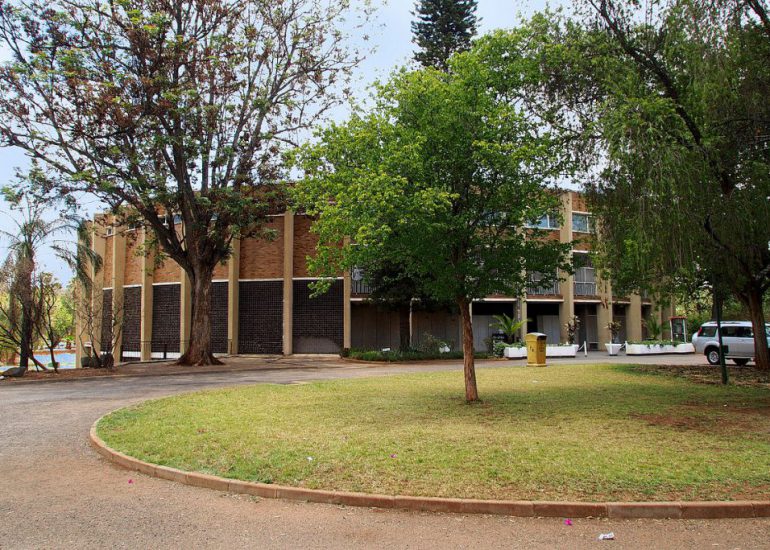Great Zimbabwe
Great Zimbabwe
Great Zimbabwe is an ancient city in the southeastern hills of Zimbabwe near Lake Mutirikwe and the town of Masvingo, close to the Chimanimani Mountains and the Chipinge District. It was the capital of the Kingdom of Zimbabwe during the country’s Late Iron Age. Construction on the monument by ancestors of the Shona people began in the 11th century and continued until the 14th century, spanning an area of 722 hectares (1,780 acres) which, at its peak, could have housed up to 18,000 people. It is recognised as a World Heritage Site by UNESCO.
Great Zimbabwe served as a royal palace for the Zimbabwean monarch and would have been used as the seat of political power. One of its most prominent features were the walls, some of which were over five metres high and which were constructed without mortar. Eventually the city was abandoned and fell into ruin.
The earliest known written mention of the ruins was in 1531 by Vicente Pegado, captain of the Portuguese garrison of Sofala, who recorded it as Symbaoe. The first visits by Europeans were in the late 19th century, with investigations of the site starting in 1871. Later, studies of the monument were controversial in the archaeological world, with political pressure being put upon archaeologists by the government of Rhodesia to deny its construction by black people.
Great Zimbabwe has since been adopted as a national monument by the Zimbabwean government, and the modern independent state was named for it. The word “Great” distinguishes the site from the many hundreds of small ruins, now known as ‘zimbabwes’, spread across the Zimbabwe Highveld. There are 200 such sites in southern Africa, such as Bumbusi in Zimbabwe and Manyikeni in Mozambique, with monumental, mortarless walls; Great Zimbabwe is the largest.
The Name
Zimbabwe is the Shona name of the ruins, first recorded in 1531 by Vicente Pegado, Captain of the Portuguese Garrison of Sofala. Pegado noted that “The natives of the country call these edifices Symbaoe, which according to their language signifies ‘court’”.
The majority of scholars believe that it was built by members of the Gokomere culture, who were ancestors of modern Shona in Zimbabwe. A few believe that the ancestors of the Lemba or Venda were responsible, or cooperated with the Gokomere in the construction.
The Great Zimbabwe area was settled by the fourth century of the common era. Between the fourth and the seventh centuries, communities of the Gokomere or Ziwa cultures farmed the valley, and mined and worked iron, but built no stone structures. These are the earliest Iron Age settlements in the area identified from archaeological diggings.
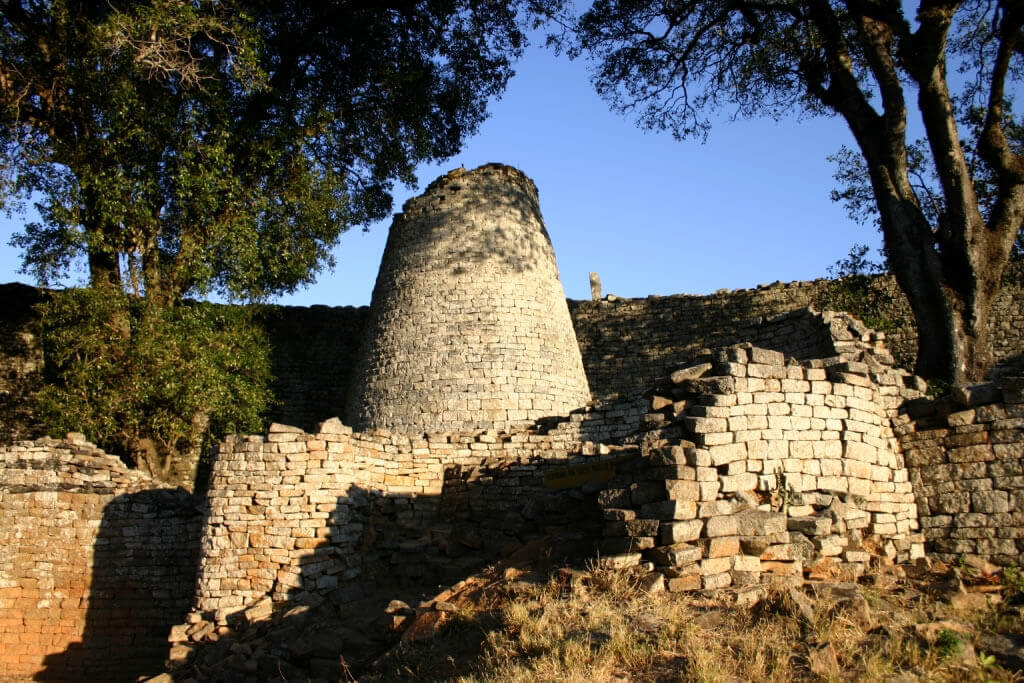
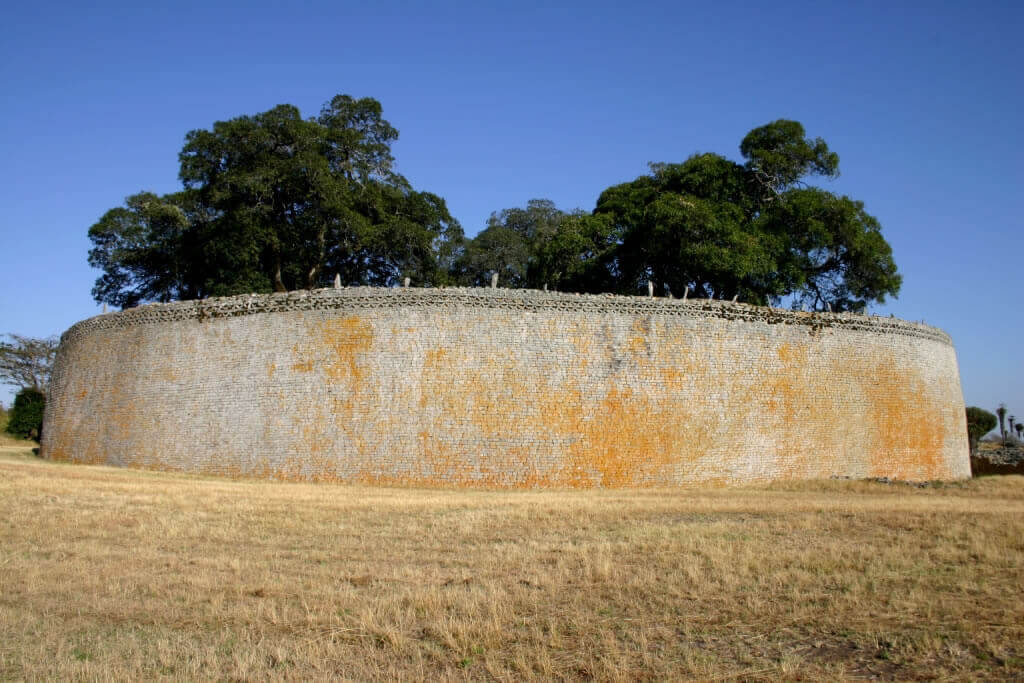
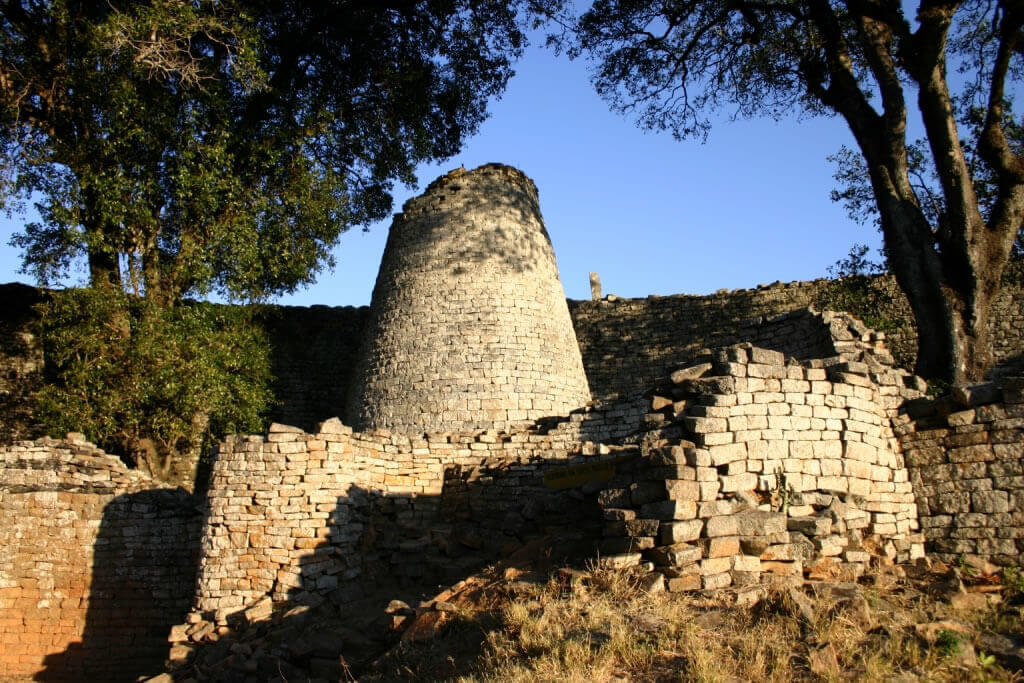
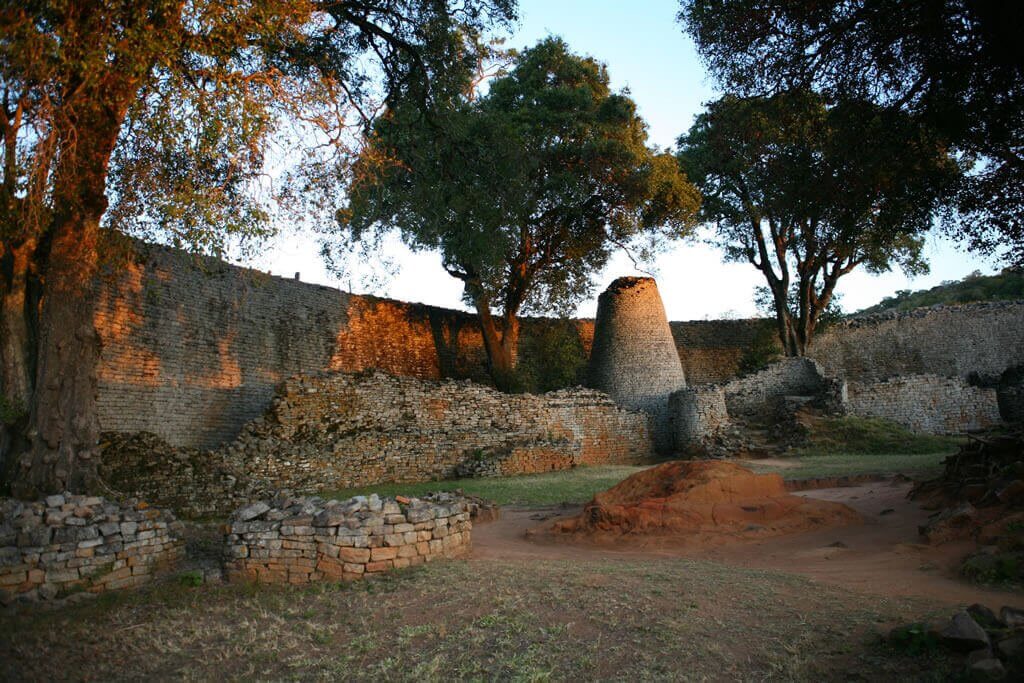

Other Destinations
















